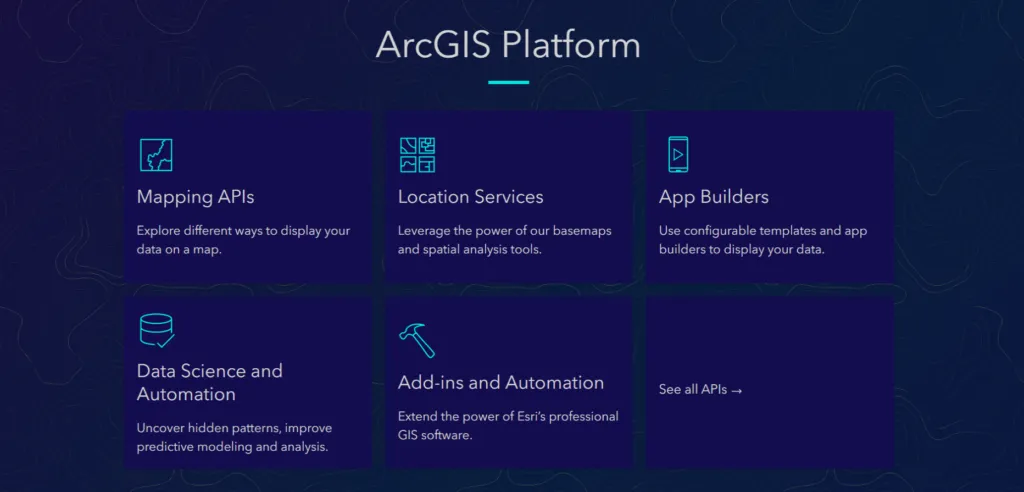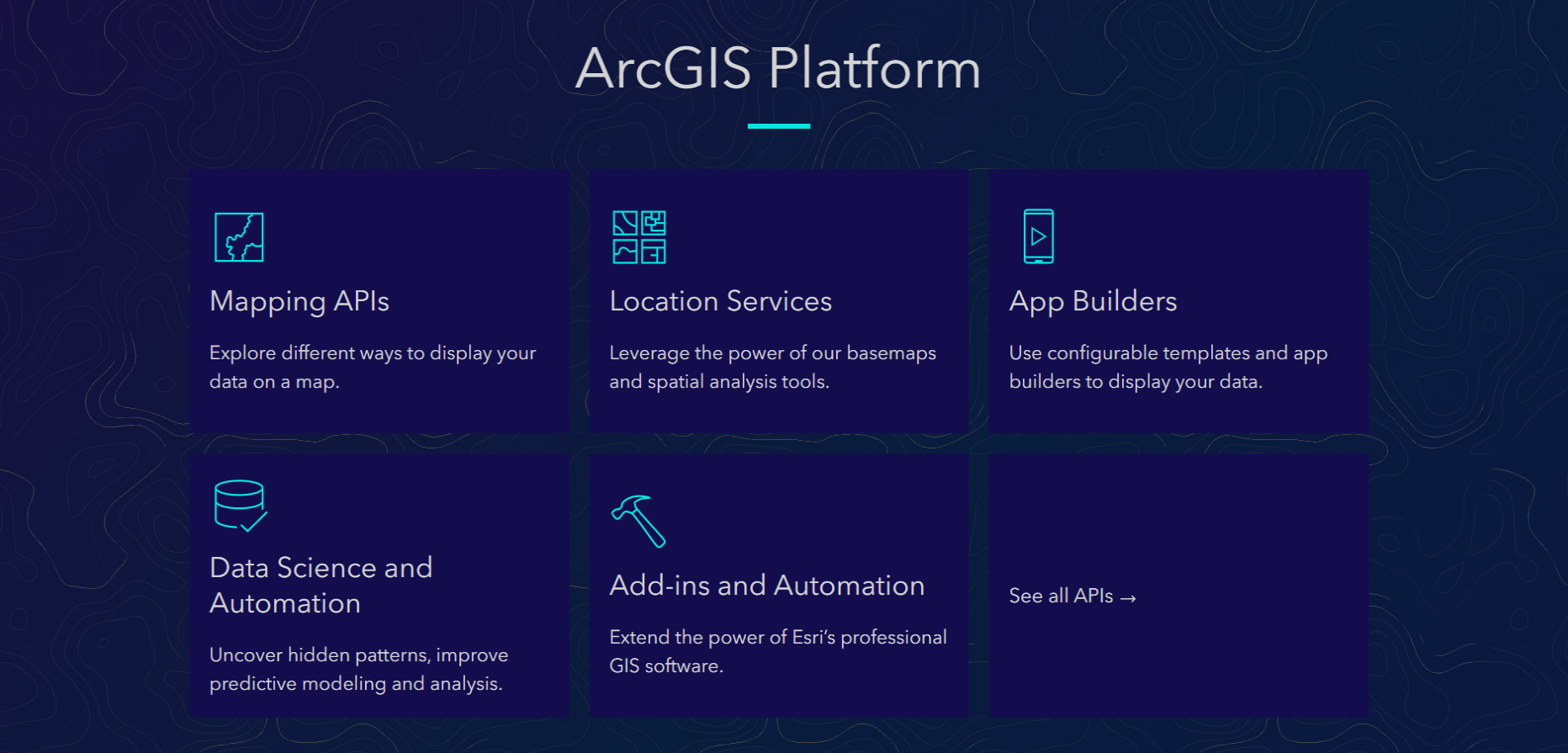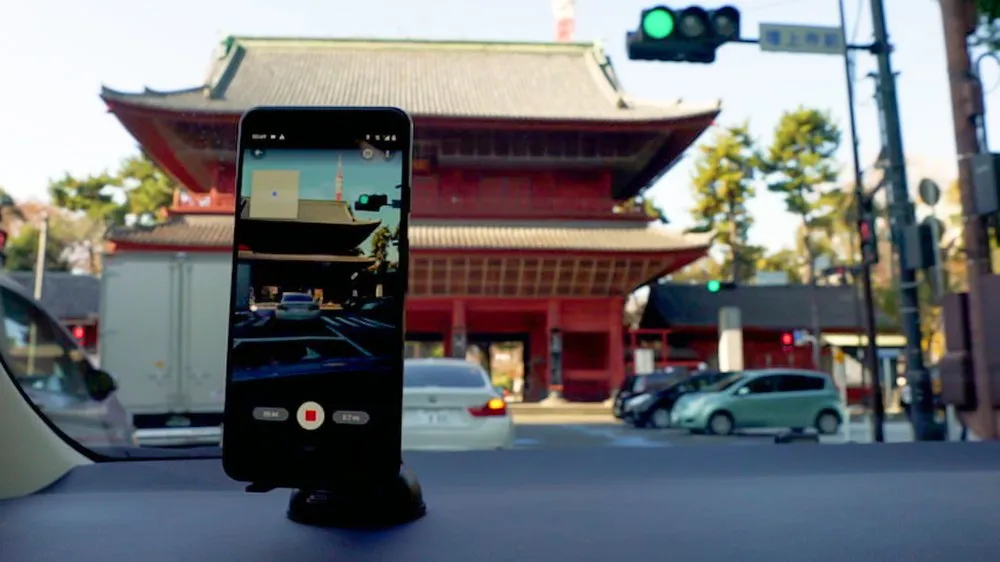
How to contribute images to Street View in Google Maps
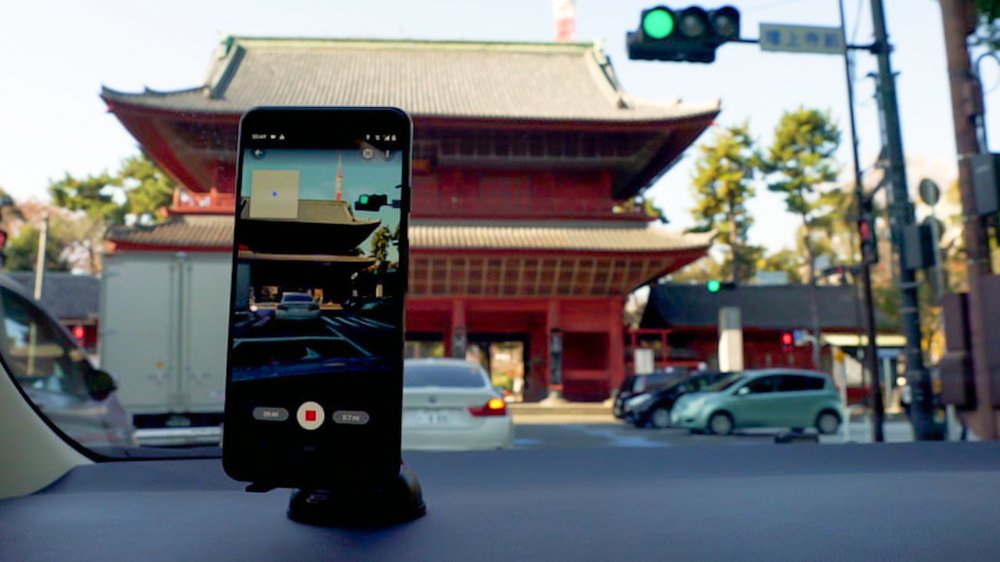
Google Street View – millions of panoramic images on Google Maps that have served as a delightful time-guzzler for us over the years – announced a fundamental change in its data collection process late last year. The updated app on Android now allows anybody to collect contribute a series of connected images of a street or path.
Earlier, the onus of collecting images fell primarily on Google’s iconic Street View cars that have collected more than 170 billion images from 10 million miles around the planet. Additionally, business owners or real estate agents could also capture and publish imagery using special (read expensive) 360-degree cameras.
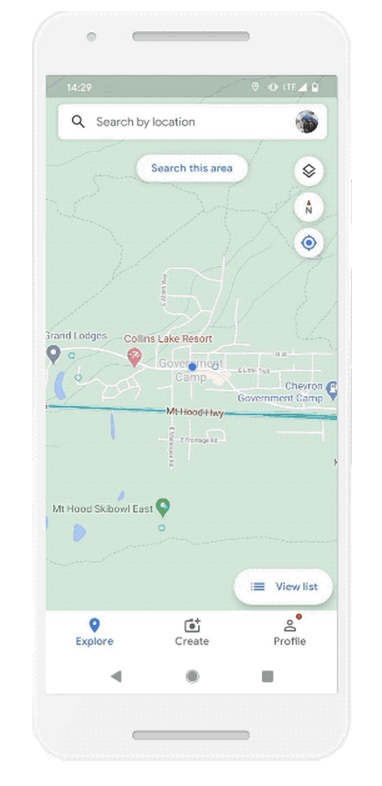 But now, anyone with an ARCore compatible smartphone can create their own connected Street View photos and help Google to fill in the gaps on Maps much more rapidly. Here’s how:
But now, anyone with an ARCore compatible smartphone can create their own connected Street View photos and help Google to fill in the gaps on Maps much more rapidly. Here’s how:
- Open the app on your Android phone or tablet and tap the Create button at the bottom
- Choose the Connected Photos option and tap Info Information to verify your GPS coordinates – an essential step to collect the data
- Position your phone straight ahead and tap Capture. For the best experience, capture imagery in landscape mode
- Details will flash on either side of the Capture button as you capture imagery
- Tap Stop when you’re done
You will find the captured images under the Profile tab at the bottom. You can select the images you want to upload to the website and tap Publish. Google will need some time (<24 hours) to process the images before making them publicly available.
“Where people contribute connected photos, they will appear in the Street View layer on Google Maps as dotted blue lines—simply drag Pegman around to find them. Where we have existing Google Street View imagery, we’ll show that as the primary Street View experience with a solid blue line,” explains Stafford Marquardt, Product Manager, Google Maps Street View.
Google is betting on crowdsourced Street View imagery to make Google Maps more accurate and up-to-date. “We can use the information in Street View imagery to update Google Maps with details like the names and addresses of businesses that aren’t currently on the map and maybe even their publicly posted open hours.”
All use contributed content will also be checked for authenticity and appropriateness under Google’s ‘Maps User Contributed Content Policy’. “We’ll also give these connected photos the same privacy controls, including face and license-plate blurring treatment that you see in the regular photos that Google captures. We also make it easy for people to report imagery and other types of contributed content for review,” sums up Marquardt.
Did you like this post? Read more and subscribe to our monthly newsletter!







